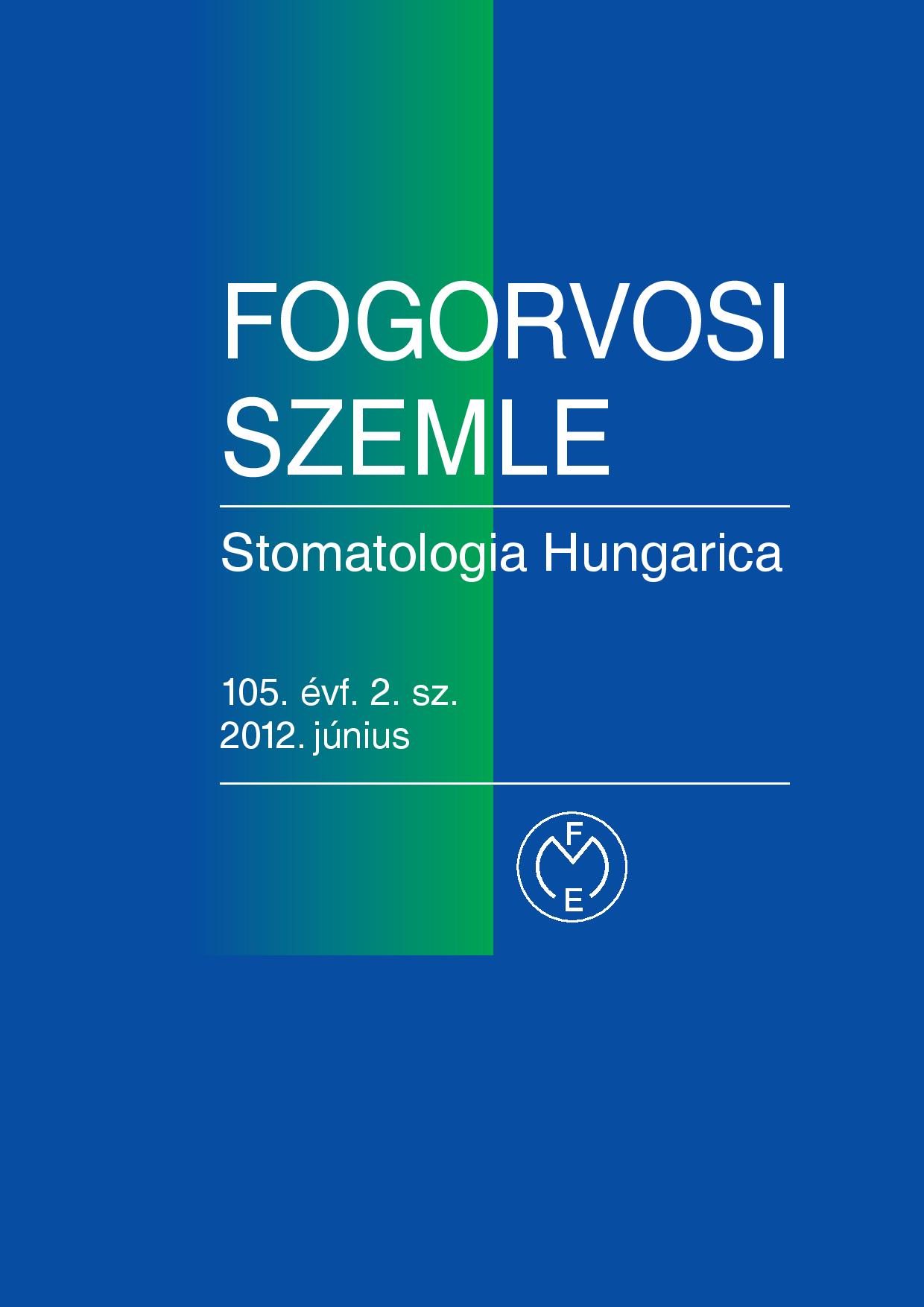Retrospective Study of Direct Composite Restorations According to the USPHS Criteria
Abstract
The purpose of this retrospective study was to evaluate and describe the occurrence of different deficiencies of composite restorations in molar and premolar teeth. Further aim was to investigate possible correlations between occurring malformations and the localization or size of the restorations. 240 class II composite restorations (in 85 patients) were involved in the study. Control examinations were carried out five years after restorations, according to the United States Public Health Services’ criteria. Namely, anatomic form, marginal integrity, marginal stain, color stability, surface smoothness, and the presence of secondary caries or fractures of the restorations. The associations between variables were calculated by bivariate analyses using either Pearson chi-square or Fisher tests. P< 0.05 was considered significant. In 0.8% of the fillings, secondary caries and in 0.4% of the cases, fracture was found as a failure. The frequency of adjacent deficiencies were found as follows: color instability, 12.5%; marginal stain, 20.8%; anatomic deformity, 15.0%; failure of marginal integrity, 8.8%; and surface roughness, 2.5%. Color instability was significantly more frequent in premolar teeth, than in molars (P= 0.031). Color instability (P= 0.015), marginal stain (P< 0.001) and anatomic form malformation (P= 0.002) occurred more frequently in MOD restorations than in MO/ OD fillings.
Our results suggest that class II restorations are correct both functionally and esthetically in 98.8% of the cases, even after a 5-year-period.
Copyright (c) 2021 Authors

This work is licensed under a Creative Commons Attribution 4.0 International License.


.png)


1.png)



